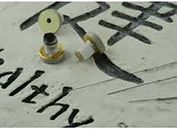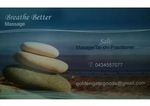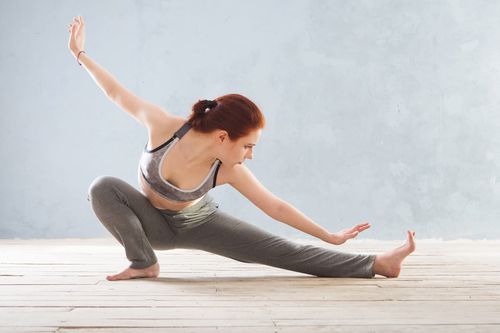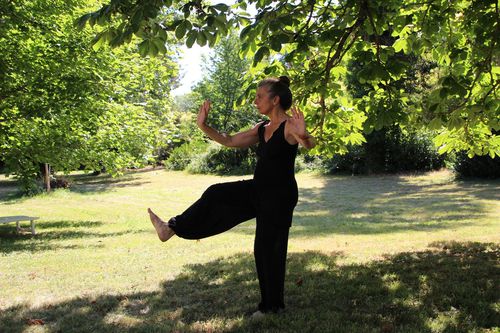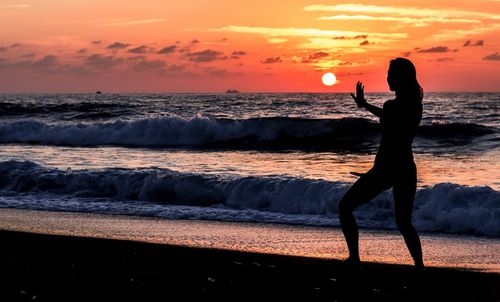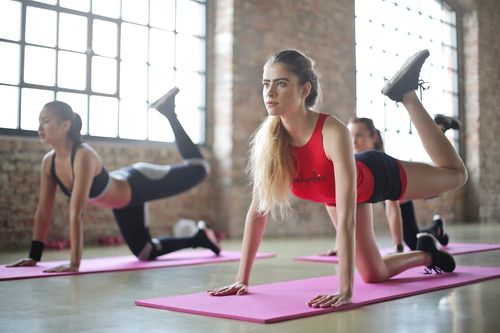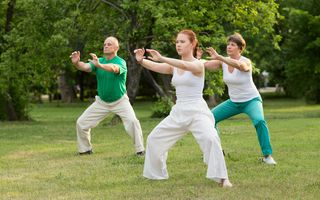What is Tai Chi?
Tai chi is an ancient Chinese martial art based on the yin and yang philosophy. It entails a series of slow, controlled movements to achieve mental and physical balance and harmony. Because it requires focus and concentration, Tai chi is often referred to as "meditation in motion". There are numerous tai chi styles, but all involve a series of fluid, graceful movements. The most common form of tai chi includes movements such as "ward off", "roll back" and "push". This gentle exercise can be performed by people of all ages and fitness levels.
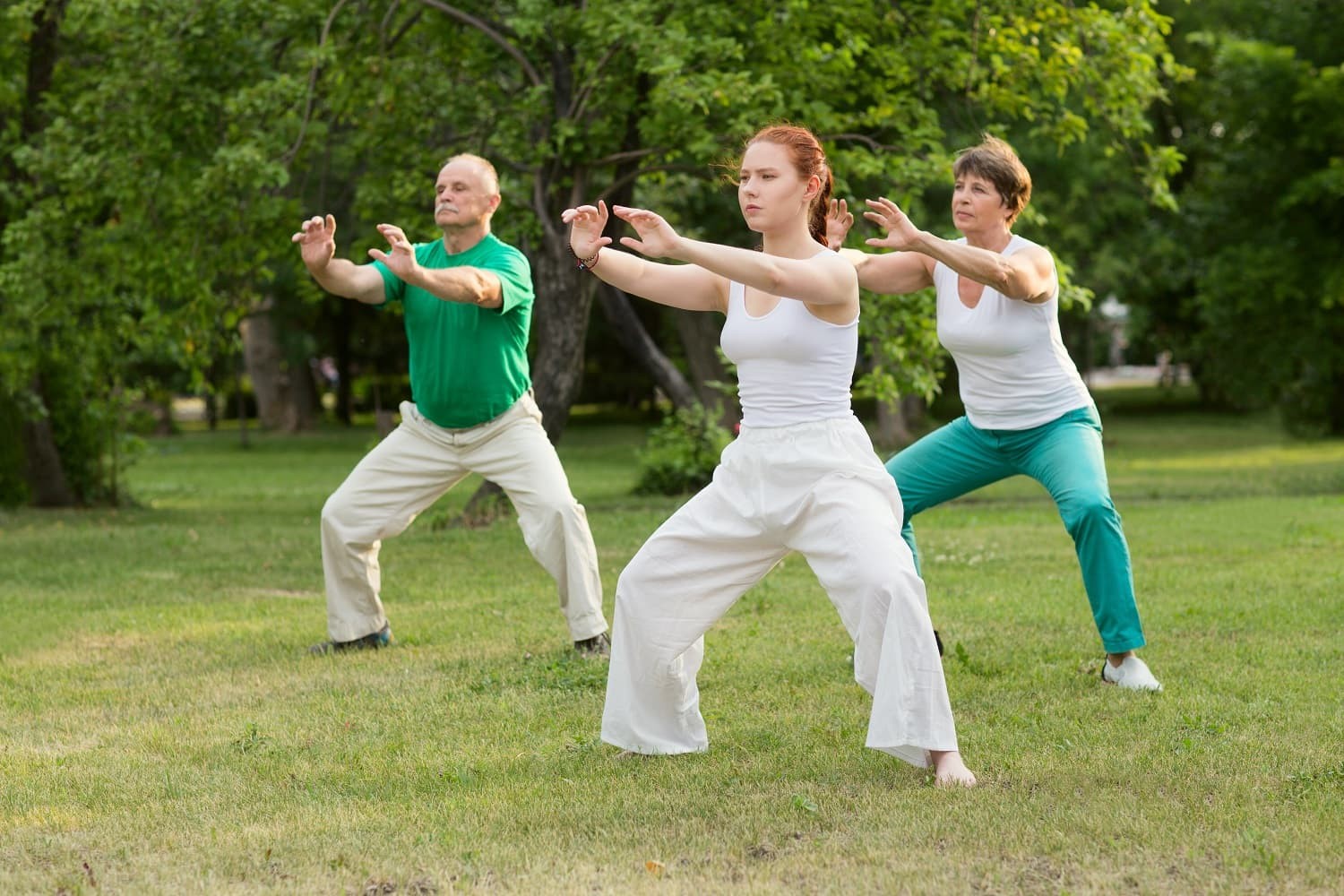
What are the Benefits of Tai Chi?
The slow, flowing movements of tai chi provide a sense of relaxation and calm. Additionally, it can help improve balance and flexibility, as well as reduce the risk of falling. Tai chi has been shown to help with a range of conditions, including:
- Chronic pain
- Arthritis
- Stress
- Headaches
- Anxiety
- Cardiovascular disease
- Depression
- Fibromyalgia
- High blood pressure
- Joint pain
- Sleep disorders
- Poor circulation
- Vertigo
- Balance disorders
What is the Cost of Tai Chi in Perth?
A two-hour tai chi class in Perth typically costs between $28 and $50. The price will vary depending on whether you attend a group or private session, as well as a beginner or advanced learner class. You could also take a tai chi class online.
How Many Tai Chi Instructors are There in Perth?
Tai chi instructors are among the 300 or so TCM practitioners who live and work in Perth. They can provide tailored classes to meet your specific needs. They offer classes at a variety of locations, including community centres, parks, schools and hospitals.
How Many Perth Residents Practise Tai Chi?
Tai chi is a popular form of exercise in Perth. According to recent studies, more than half of the population attends tai chi classes on a regular basis or practises tai chi at home. This figure is likely to increase further, as tai chi has been shown to provide numerous health benefits. According to observational studies, people aged 55 and up are more drawn to this movement therapy than those in younger age groups.





